AXIS 2024 Part 2
페이지 정보
Date. 2024.10.16 - 12.27페이지 정보
Place. 021galleryContents
Annually held by 021 Gallery, ‘AXIS 2024’ is a young artist project. It is a curated exhibition that aims to serve as a foundation of creative activities for promising emerging artists to dedicate to their work. The AXIS exhibition seeks to create a platform for artists from Daegu and other regions to expand the scope of their exhibitions and artistic practices by interacting with each other beyond their home regions.
This year's 'AXIS 2024' will be held in Part 1 and 2. Following Part 1, this Part 2 exhibition will be on display from October 16 to December 27 and will feature artists Katya Savel, Haerri Kim, Yunji Jang, Jonghoon Jang, all of whom have been actively exhibiting both domestically and internationally. Katya Savel imagines post-human’s beautiful digital future, Haerri Kim visualizes the complex ambivalent emotions of human relationships, Yunji Jang creates a space of true self that reflects on disguised innocence, and Jonghonn Jang expresses liveliness by weaving unrealistic stories into ordinary spaces with lines. This exhibition showcases more than 30 works across various genres, including painting, prints, sculpture, and installation.
Katya Savel is a multi-dimensional artist whose work encompasses new media, sculpture, performance, and analog photography. Savel’s work explores how identity and the body can mutate in liminal spaces, where the boundaries between private and public spaces are blurred, and aims to be free from preconceived notions about the nature of reality, showing that reality is in a constant state of flux and broadening our understanding of the human experience. Katya Savel works around three main themes; Femme Tech, which moves towards a softer, more beautiful digital future through a deeper understanding of the inherent femininity and queer nature of technology; Body Portal, which utilizes technology as a portal for the body to morph, mutate, obstruct, and reveal itself, as well as a tool for physically reconnecting with ourselves; and Linguistic Evolution, which explores poetry of words beyond meaning, the possibility of evolution beyond our current linguistic systems, and the experience of reality beyond the limits of language.
“My work spans many different materials and media, but at the core of all of them is a juxtaposition of the technological and (seemingly) artificial with the natural and raw. Through seemingly juxtaposed materials, media, and processes, I want to actually highlight the union that exists between the contrasting elements: AI is very human because it is our collective consciousness and no material is artificial because everything is derived from the Earth.
I have also been exploring the feminine side of technology, envisioning a softer and more beautiful post-human future, the possibility of evolving beyond current linguistic systems, and the poetry of words beyond meaning.”
-From Artist Interview-
Haerri Kim shows specific narratives embedded in her work through prints, paintings, videos, and installation, with works crossing the boundaries between analog and new media. Kim studies human relationships and the finitude of life, specifically visualizing ambivalent emotions in relationships. Haerri Kim’s work created with an analog media is mostly exhibited alongside video works, organically intertwining and complementing each other. For instance, the exhibited print works appear in the video, or the video objects are physically displayed, providing viewers with a clue to view the works in a chain-like sequence.
“My work seeks to convey the message that it is natural to feel ambivalent emotions. It records and allegorically expresses the complex emotions that people commonly experience, such as hatred and love for those who have harmed them, the desire to be unique and the conflicting desire to live a universal life. I want to show that these contradictory emotions are not shameful or abnormal, but are natural emotions that we can feel as humans.”
-From Artist Interview-
Yunji Jang looks at our withered lives where ‘fast(speed)’ has become a measure of value and the ease in life has disappeared, while in contrast, brings out forgotten memories of the past at a slow pace. The private memories of individuals living in a rapidly changing society are crucial elements of their inner selves, and they also influence reflective introspection about the individual as the subject of memories and the world. However, Jang refrains from separating what is right and wrong, opting instead to linger in the past, gently evoking happy small memories and childhood innocence that we have obscured and distorted over time, using familiar materials. In the process, Yunji Jang's work goes beyond mere nostalgia or reminiscence, providing a space for reflection on present life, and creates a time for introspection that embraces the true self.
“The life we live is so harsh and overflowing with knowledge that it is so easy to lose our memories of simple dreams and innocence of childhood. Perhaps, in order to behave appropriately for one's age, one's inner child may have been disguised as maturity. Through my work, I have gathered together all the little memories that make me smile, as well as the ones that I have distorted and disguised. At the same time, as we grow up, there is a duality to our childhood innocence that is disguised as extravagance. I hope that revisiting the past will bring back the memories and give a moment of innocence of childhood in the midst of a busy life.”
-From Artist Note-
Jonghoon Jang does not simply store images of everyday moments, but cherishes the little moments and emotions hidden in them. Such collection deepens his understanding of the world and strengthens the connection to it. In a fast-paced world, the things he collects tell stories at their own pace. He does not simply follow trends and currents of modern society, but understands and accepts them in his own way, and silently works on his own unique story using various materials and pens. The reason Jang started using a pen came from the thought that it is difficult to tell many stories on one canvas. The need for drawings that can explain a picture leads to pen drawings that show how the picture tells a story, just like a scenario storyboard, and all work begins with the feel of the pen.
“I usually work by choosing places that can be commonly seen in everyday life and creating fictional stories about the events that happen there, I like to express ordinary spaces by mixing them with unrealistic stories. In other words, I think that the act of mixing what I experience and feel with elements that many people find familiar and putting it into my work is similar to the way a storyteller tells a fairy tale to people. My current heart is to show the audience stories of a lovely spectrum that can be a little bizarre or warm.”
-From Artist Note-

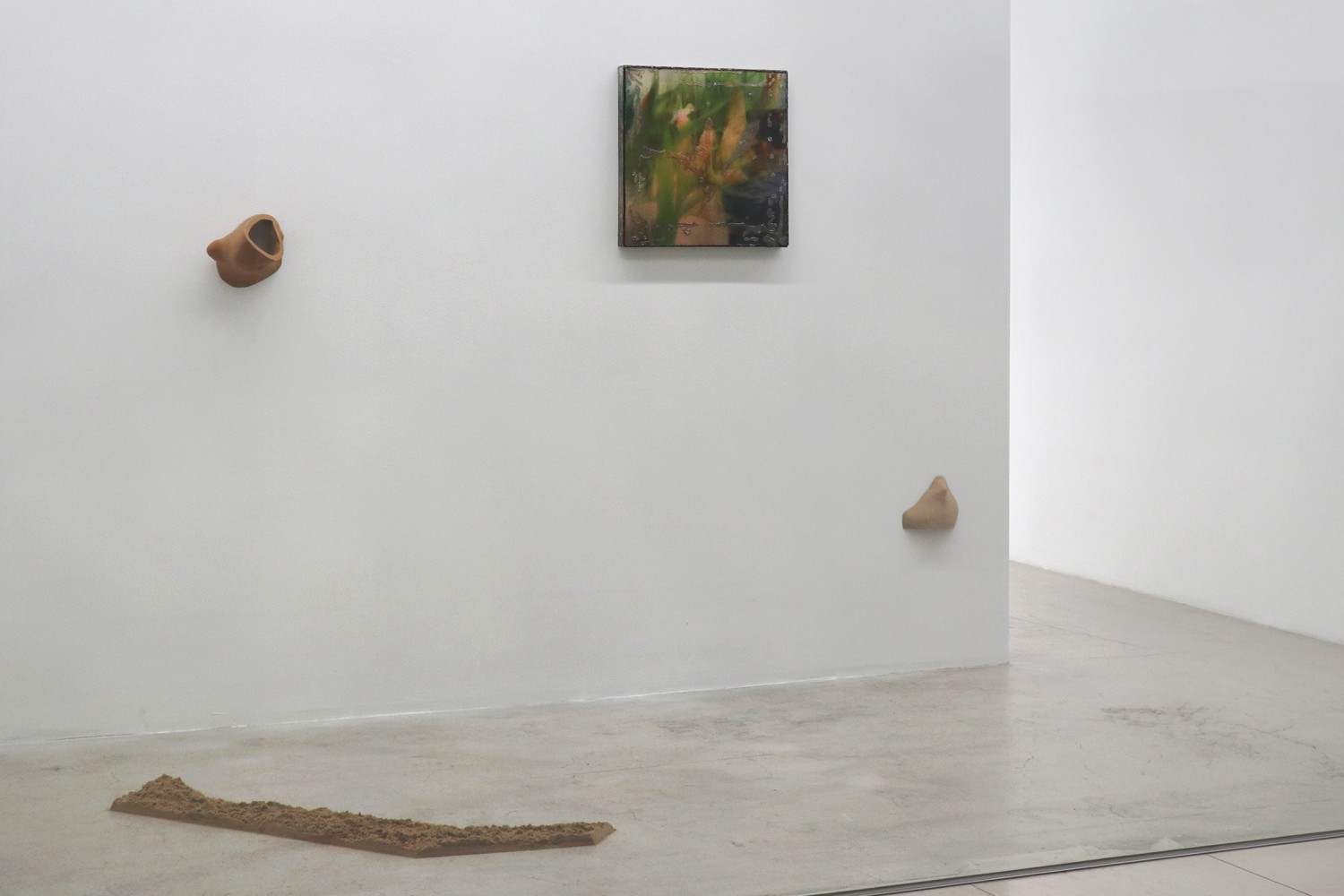
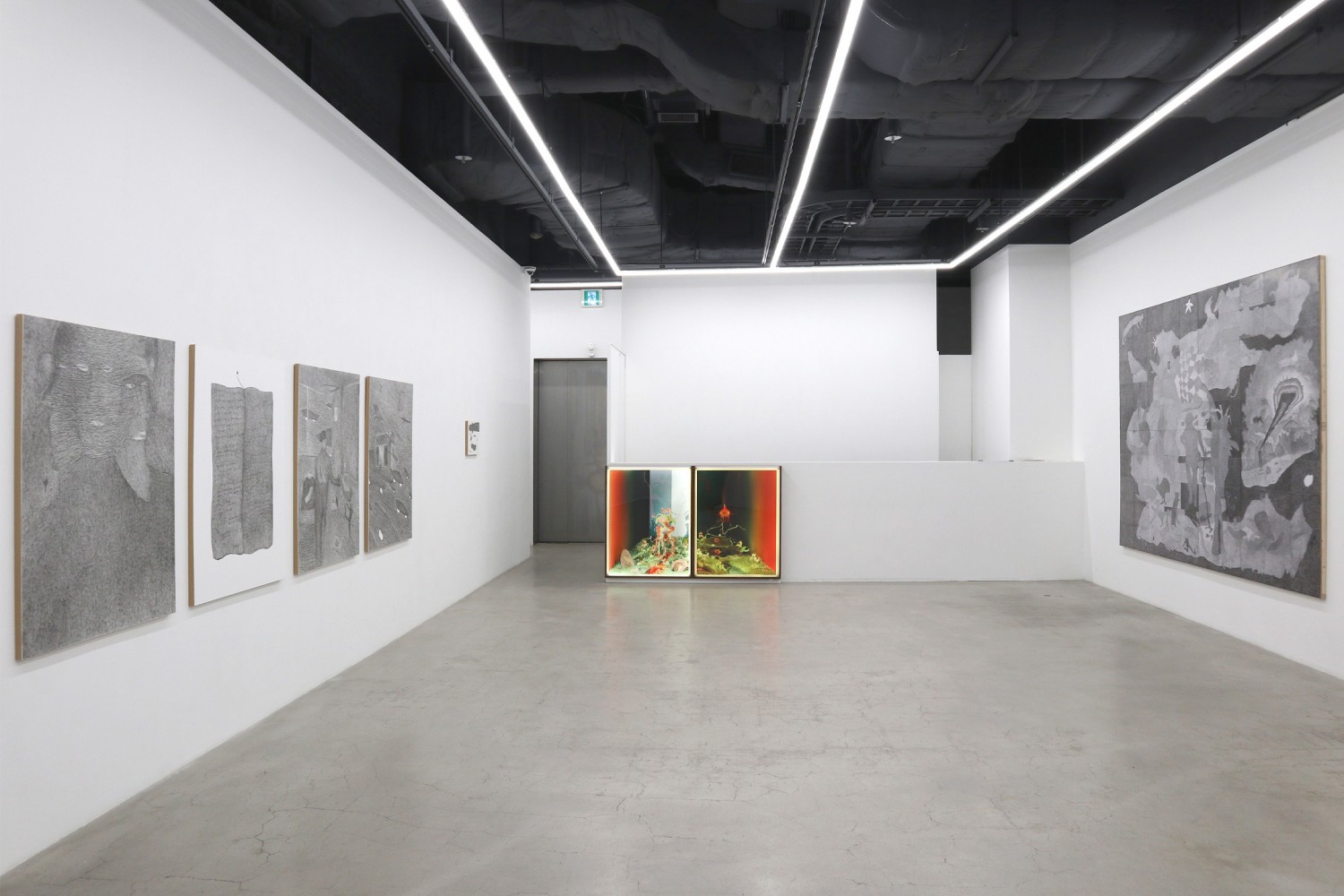
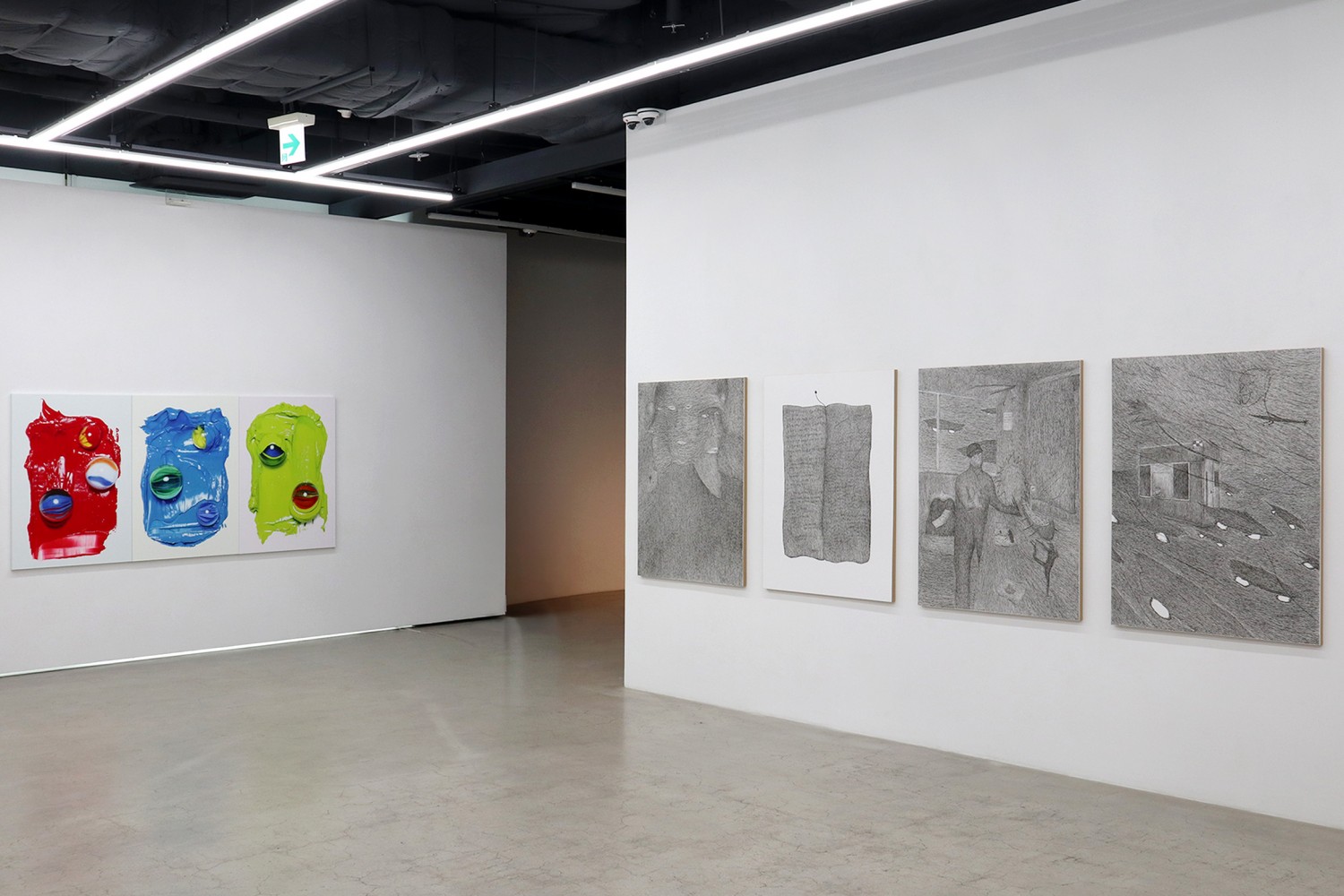
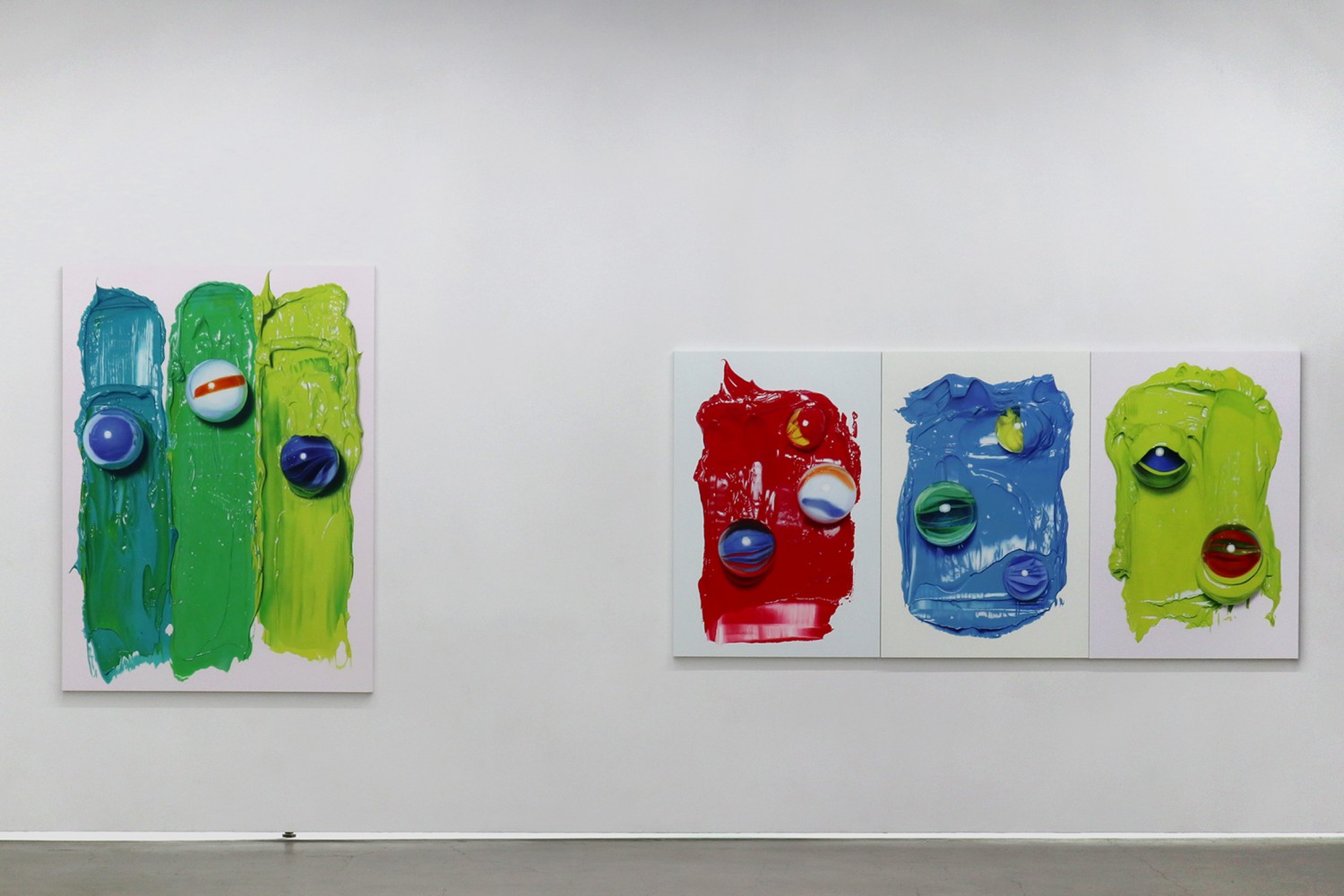
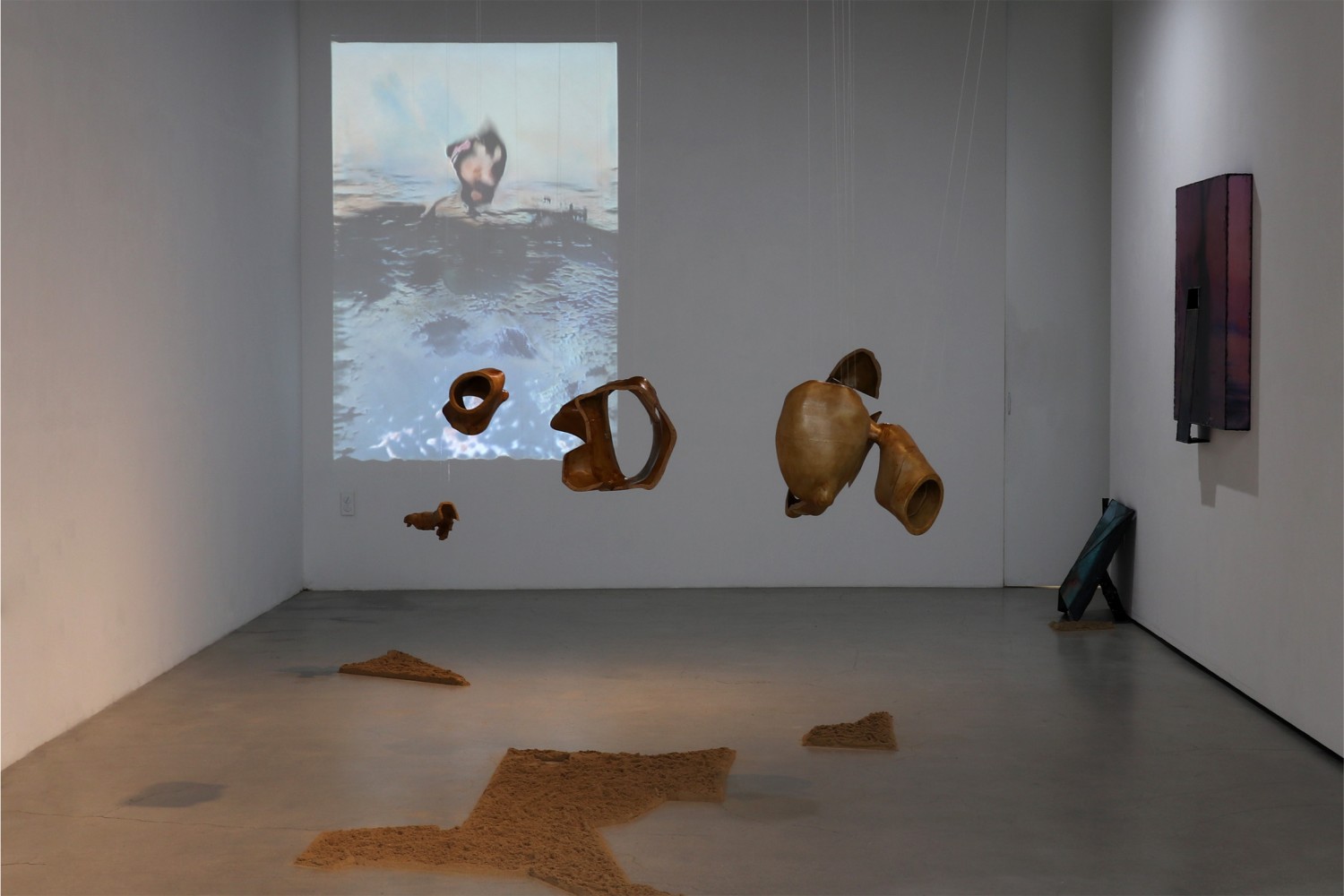
 instagram
instagram artsy
artsy